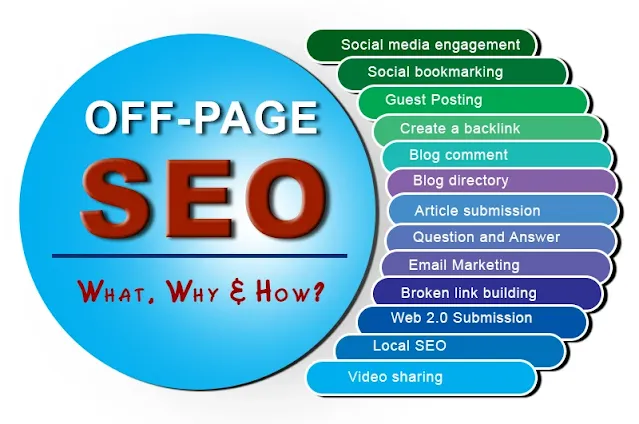Mastering the Art of Troubleshooting Crawl Errors in Google Search Console
Google Search Console Crawl Errors Troubleshooting: A Comprehensive Guide
Google Search Console (GSC), formerly known as Google Webmaster Tools, is a free platform offered by Google to help website owners monitor their website’s presence in Google search results. One of the most important features of GSC is its ability to detect crawl errors, which are instances where Google's crawler, known as Googlebot, is unable to access certain pages on your website.
Crawl errors can have a serious impact on your website’s search engine optimization (SEO) and user experience. In order to keep your website ranking well in search results and provide a seamless user experience, it is essential to regularly monitor and address crawl errors. This guide will cover the different types of crawl errors, how to find and fix them, and best practices for preventing crawl errors in the future.
Types of Crawl Errors
Server errors (HTTP status codes 5xx)
These errors occur when there is a problem with the server hosting your website, such as a server crash or time-out. These errors can prevent Googlebot from accessing your website, which can result in a loss of visibility and traffic.
Soft 404 errors
A soft 404 error occurs when a page returns a "200 OK" HTTP status code, but the content on the page doesn't match what the user is looking for. This can happen when a page is outdated and no longer relevant, or if a page returns a generic "page not found" message instead of a proper 404 error.
Not found errors (HTTP status code 404)
A not found error occurs when a page can't be found on the server. This can happen when a page is deleted, moved, or never existed in the first place.
URL errors (e.g., robots.txt errors, unsupported content type)
These errors occur when there is a problem with the URL itself, such as when it is blocked by the robots.txt file or when the content type is not supported by Googlebot.
Finding and Fixing Crawl Errors
Monitor your website using Google Search Console
To find crawl errors, log in to your Google Search Console account and navigate to the "Crawl" section. From here, you can access the "Crawl Errors" report, which lists all of the crawl errors detected on your website.
Identify the type of crawl error
The "Crawl Errors" report will show you the type of crawl error, the affected URL, and the frequency of the error. Take some time to review the report and identify which type of crawl error you are dealing with.
Fix server errors
If you're dealing with a server error, the first step is to contact your website hosting provider. They should be able to help you identify and fix the issue.
Fix soft 404 errors
To fix soft 404 errors, you need to identify the pages that are returning the error and update the content on those pages. If the page is outdated, you can delete it or redirect it to a relevant page. If the page returns a generic "page not found" message, you should update the page to display a proper 404 error.
Fix not found errors
To fix not found errors, you need to either restore the deleted page or redirect the URL to a relevant page. If the page never existed in the first place, you can ignore the error or create a proper 404 error page.
Fix URL errors
To fix URL errors, you need to check the robots.txt file to make sure that the URL
is not being blocked. If the URL is blocked, you can unblock it or create a new URL that is not blocked. If the content type is not supported, you need to convert the content into a format that is supported.
Preventing Crawl Errors in the Future
Use proper redirects
When you make changes to your website, such as deleting a page or moving a page, it's important to use proper redirects to ensure that users and search engines are directed to the correct location. This helps to avoid not found errors and ensures a seamless user experience.
Keep your website updated
Keeping your website updated with fresh and relevant content helps to avoid soft 404 errors and ensures that your website is providing a good user experience.
Monitor your website regularly
Regularly monitoring your website using Google Search Console is crucial for identifying and fixing crawl errors. Make sure to check the "Crawl Errors" report regularly and address any errors as soon as possible.
Use proper URL structure
Using a well-structured URL hierarchy can help to avoid URL errors and make it easier for search engines to crawl your website. Make sure to use descriptive, keyword-rich URLs that are easy to understand.
In conclusion, crawl errors can have a serious impact on your website’s SEO and user experience. By regularly monitoring and addressing crawl errors, and following best practices for preventing crawl errors, you can ensure that your website is accessible to both users and search engines. By following these tips and troubleshooting crawl errors, you can keep your website ranking well in search results and provide a seamless user experience for your visitors.




